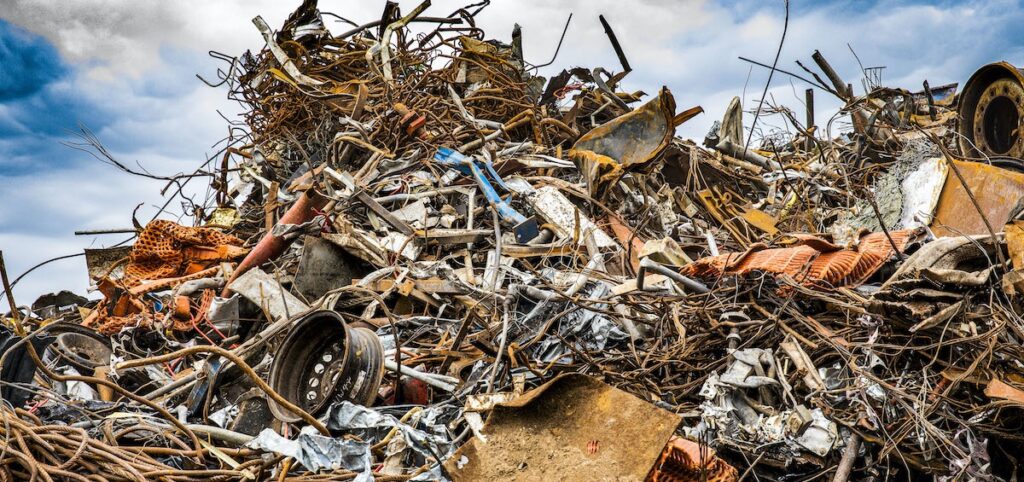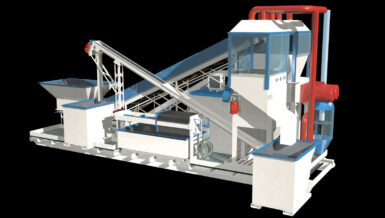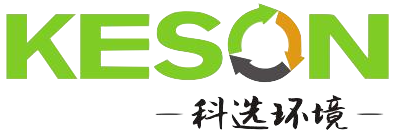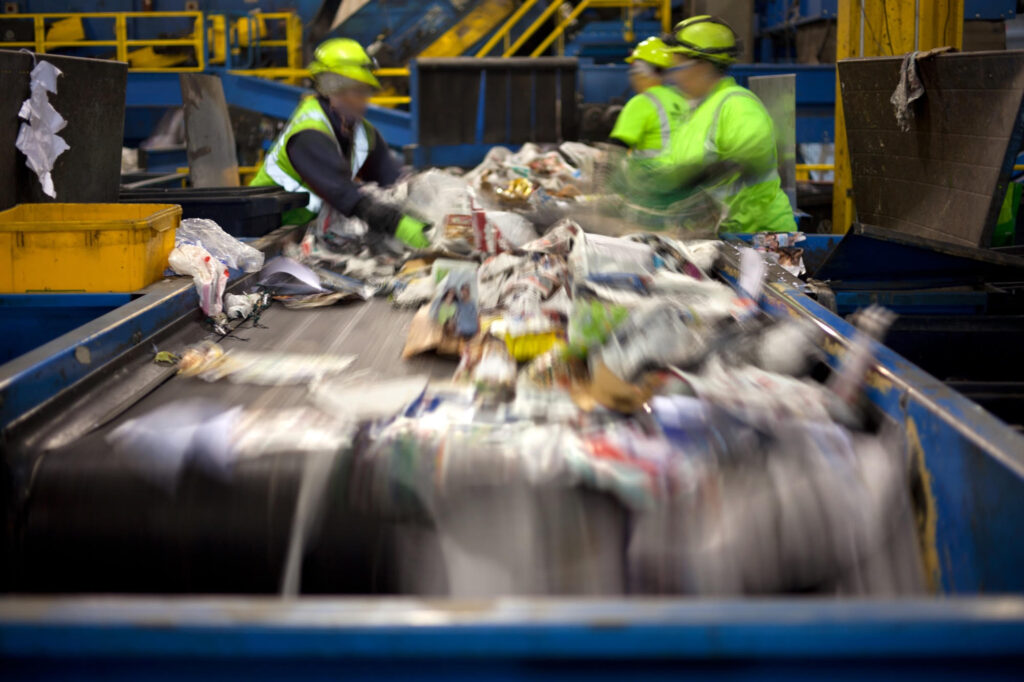These tariffs present challenges and opportunities for recycling professionals, profoundly shaping market trends and industry strategies.
Recent Changes in U.S. Metal Tariffs
On March 12, 2025, the U.S. government, under the administration of President Donald Trump, imposed a new round of tariffs on imported steel and aluminum. This includes a 25% duty on all steel and aluminum imports, with no exemptions for key trading partners such as Canada, Mexico, or the European Union. This move aims to protect domestic production but has sparked strong reactions from trade partners, leading to the potential for retaliatory measures and global trade disruptions.
The Impact on Metal Prices and Supply Chains
A sharp increase in domestic metal prices is one of the most immediate effects of these tariffs. As imports become more expensive, U.S. manufacturers have turned to domestic suppliers, who now have increased pricing power. While this benefits local metal producers, industries heavily relying on metal imports—such as automotive, aerospace, and construction—are encountering higher production costs, which may be passed on to consumers.
For recycling professionals, the tariff-driven price hikes make secondary (recycled) metals a more attractive alternative. The rising cost of virgin metals allows recyclers to expand their market share. However, the situation is complex: the U.S. exports a significant portion of its scrap metal to international markets, particularly China, India, and Turkey. If these countries impose retaliatory tariffs or shift their sourcing to alternative suppliers, the U.S. scrap metal market could experience oversupply, resulting in lower domestic scrap prices and squeezed margins for recycling companies.
The Effect on Metal Recycling Markets
With the increased costs of imported virgin metals, manufacturers and suppliers increasingly consider recycled metals a cost-effective alternative. This shift can potentially drive investment in metal recycling infrastructure and technology, enhancing efficiency and sustainability within the industry.
Nonetheless, challenges remain. The uncertainty caused by trade tensions and retaliatory tariffs from U.S. trading partners may disrupt the export market for U.S. recyclers. If major buyers of U.S. scrap metal, such as China or the EU, impose countermeasures, this could lead to an excess of domestic supply and reduced profitability for recyclers, ultimately affecting the industry’s overall stability.
Industry Responses and Adaptation Strategies
In response to these new tariffs, companies within the metals industry are adopting various strategies to mitigate risks and capitalize on emerging opportunities:
- Increased Investment in Domestic Recycling: With higher primary metal costs, many businesses are investing in enhanced recycling technologies and expanding collection networks. This allows for a higher-quality supply of secondary metals, reducing dependence on imported virgin materials.
- Strategic Sourcing and Supply Chain Diversification: Some companies seek alternative trade partners outside the most heavily affected markets to reduce their reliance on any single metal source.
- Lobbying and Trade Negotiations: Industry associations and manufacturers are engaging with policymakers to advocate for exemptions or adjustments to tariff policies, arguing that certain materials are essential for maintaining competitiveness.
The Long-Term Outlook for Tariffs and Recycling
As global trade tensions evolve, the future of U.S. metal tariffs remains uncertain. The European Commission and Canada have already signaled potential countermeasures in response to the new tariffs, which could escalate into a broader trade dispute.
Staying informed about policy changes and market trends is crucial for recycling professionals. The increasing emphasis on sustainability and circular economy principles aligns with the growing demand for secondary metals. If global markets continue to prioritize emissions reductions and resource efficiency, the recycling sector is well-positioned to play a central role in the metals supply chain.
Conclusion
U.S. import tariffs on metals significantly influence pricing, supply chains, and recycling dynamics. The latest round of tariffs, introduced in March 2025, has created both opportunities and challenges for the industry.
While domestic metal producers benefit from reduced foreign competition, recyclers must navigate fluctuating scrap prices and shifting trade dynamics. By investing in improved recycling capabilities, developing new partnerships, and adapting to policy changes, the recycling sector can thrive in an increasingly complex global market.

























